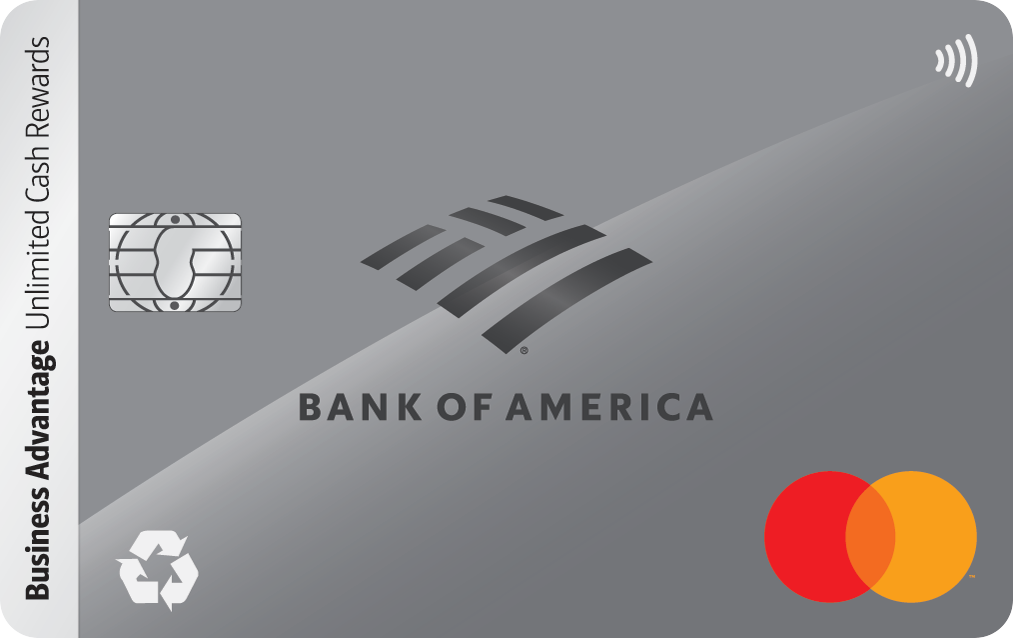Does First Republic Rescue Signal an End to Bank Crisis?
What happened
Eleven top banks today agreed to deposit $30 billion into First Republic Bank. First Republic has been under growing pressure since the collapse of Silicon Valley Bank last week. Both Fitch Ratings and S&P Global Ratings downgraded the bank on the back of reports that First Republic depositors were moving their money elsewhere, fueling speculation it could be the next to fall.
Bank of America, Citigroup, JPMorgan Chase, Wells Fargo, Goldman Sachs, Morgan Stanley, BNY-Mellon, PNC Bank, State Street, Truist and U.S. Bank all agreed to make unsecured deposits of between $1 billion and $5 billion in an effort to restore confidence. "The banking system has strong credit, plenty of liquidity, strong capital and strong profitability," Citi said in a statement. "Recent events did nothing to change this."
So what
The move goes some way to reassure consumers worried their savings or even paychecks could get tied up in the unfolding crisis. The hope is that it will prevent further contagion, which Dick Bove, an analyst from Odeon Capital said it might. "The Federal Reserve does not have the money to stop a bank run, but the banking system itself does have that money, and they're putting it in place to stop this once and for all," he told Bloomberg.
Now what
If your bank account is covered by FDIC insurance and you have less than $250,000 per person, per bank, your funds will be protected in the event of bank failure. The issue with SVB and, to a lesser extent, First Republic, is that they have a relatively high percentage of uninsured deposits -- money that wouldn't normally be covered by the FDIC cap.
First Republic stressed that it has a focus on safety and a diversified deposit base. This sets it apart from SVB which had a heavy emphasis on start-ups and tech companies. Today the bank released a statement thanking the bigger institutions for their support and confirming that, "Daily deposit outflows have slowed considerably."
Nonetheless, we are not out of the woods yet. If you have more than $250,000 in the bank, now might be a good time to think about moving some to a different institution or looking for other ways to cover any excess.
Regardless of how much money you have, here are some factors to consider when looking for the safest bank to park your cash in:
- FDIC insurance: Almost every U.S. bank has this protection, but it is worth double checking. Call the bank or use the FDIC's BankFind tool to be sure.
- Bank size and credit rating: Bigger banks with strong credit ratings are much less likely to fail as they have more liquidity and will be better able to swallow any losses.
- Percentage of uninsured deposits: Search online to find out if your bank has a large proportion of deposits that aren't covered by the FDIC. This could be an indication that it's more at risk of failure.
Our Research Expert



